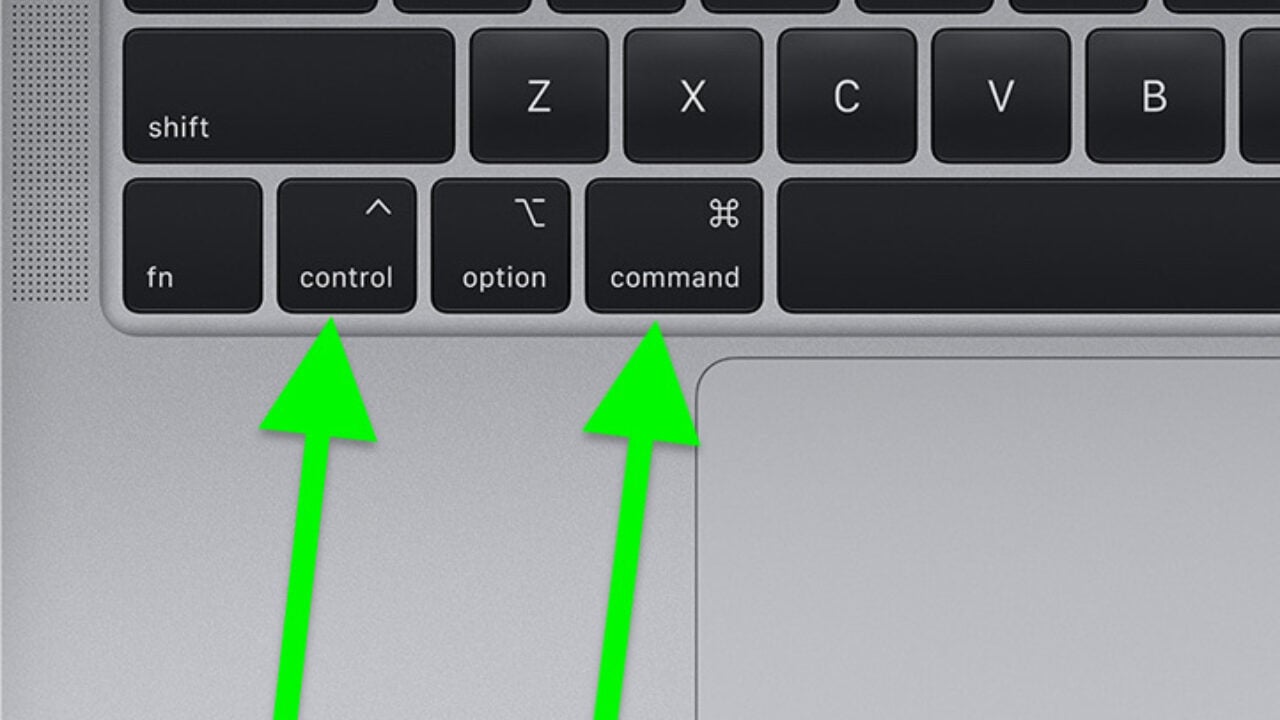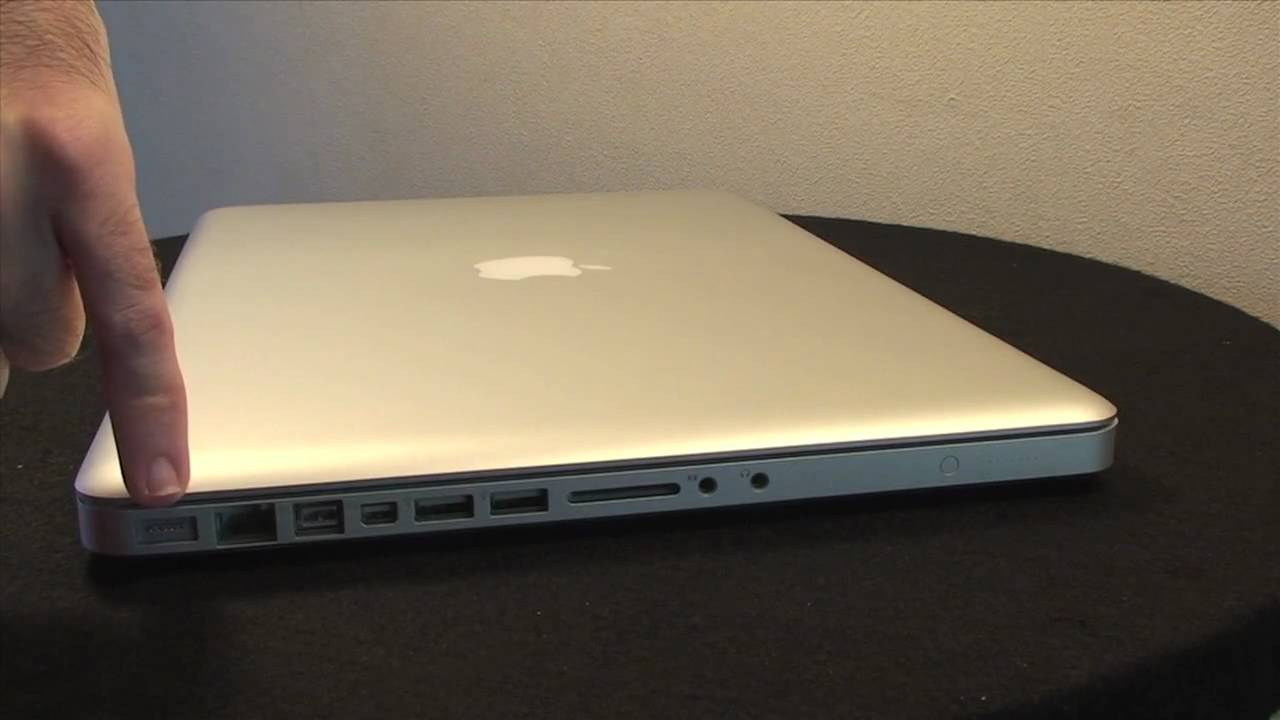



ssh from the working Mac to the MacBook Pro.Boot the MacBook Pro (and the working Mac) normally.Detach the external drive and mount it in the MacBook Pro.Configure a network interface with an IP in the same IP-network as the working Mac.Configure ssh access (and Remote Desktop) in System Preferences > Sharing.Install High Sierra on the external drive and boot to it.High Sierra, which is the last macOS for the early 2011 MBPs) The 2nd Mac has to be capable of booting to a respective system (e.g. Attaching the HDD to another Mac (external casing or USB-SATA cable).To get things working again the following was done: To get it working with the Intel-GPU nonetheless (= a monitor image) a special NVRAM parameter has to be set.Īfter resetting the NVRAM (and the SMC) this parameter was deleted which resulted in a black screen. Instead an Apple certified? technician desoldered some resistors on the mainboard to disable the dGPU. Obviously the dGPU of this Mac died later and the dGPU/Mainboard weren't properly replaced. Apple set up a (free) repair program which ended in 2016. The MacBook Pro in question is one of the infameous AMD Radeon 6750M GPU-equipped 2011 models.

The light of the USB bootable drive is always flickering when connected, but doesn't show nothing on screen. SMC reset pressing shift + Alt + ctrl + power for 10/12 sec Nvram reset pressing alt + command + p + r If it can matter, the sound card is faulty and I used it with a USB one. Now it just shows a black screen and does not recognize the commands. Also tried to replace the HDD with another one formatted in HFS+ but nothing. Or powering up without the battery only with the power supply. I've also opened, and tried disconnecting the battery and the RAM and reconnecting them to see if changed something but nothing. So I read in a forum that doing NVRAM reset could help, so I did, but the result was terrible.īlack screen and can't access to recovery or boot menu anymore. It was ready to install a new system, but the bootable USB I made with High Sierra was not seen in the boot menu, that I entered pressing alt when powering on. This MacBook Pro had 2 partitions, one with Lion and the other was Windows but not accessible becouse was corrupted (if you tried to boot this partition, it would just show black screen and nothing happened).īTW Lion was slow so I made a bootable USB and entered the recovery to do a fresh install of a new High Sierra system and I just erased the content of the Macintosh partition (the one targed Bootcamp was locked and didn't allowed me to erase). I think my MacBook Pro is badly, badly bricked.


 0 kommentar(er)
0 kommentar(er)
